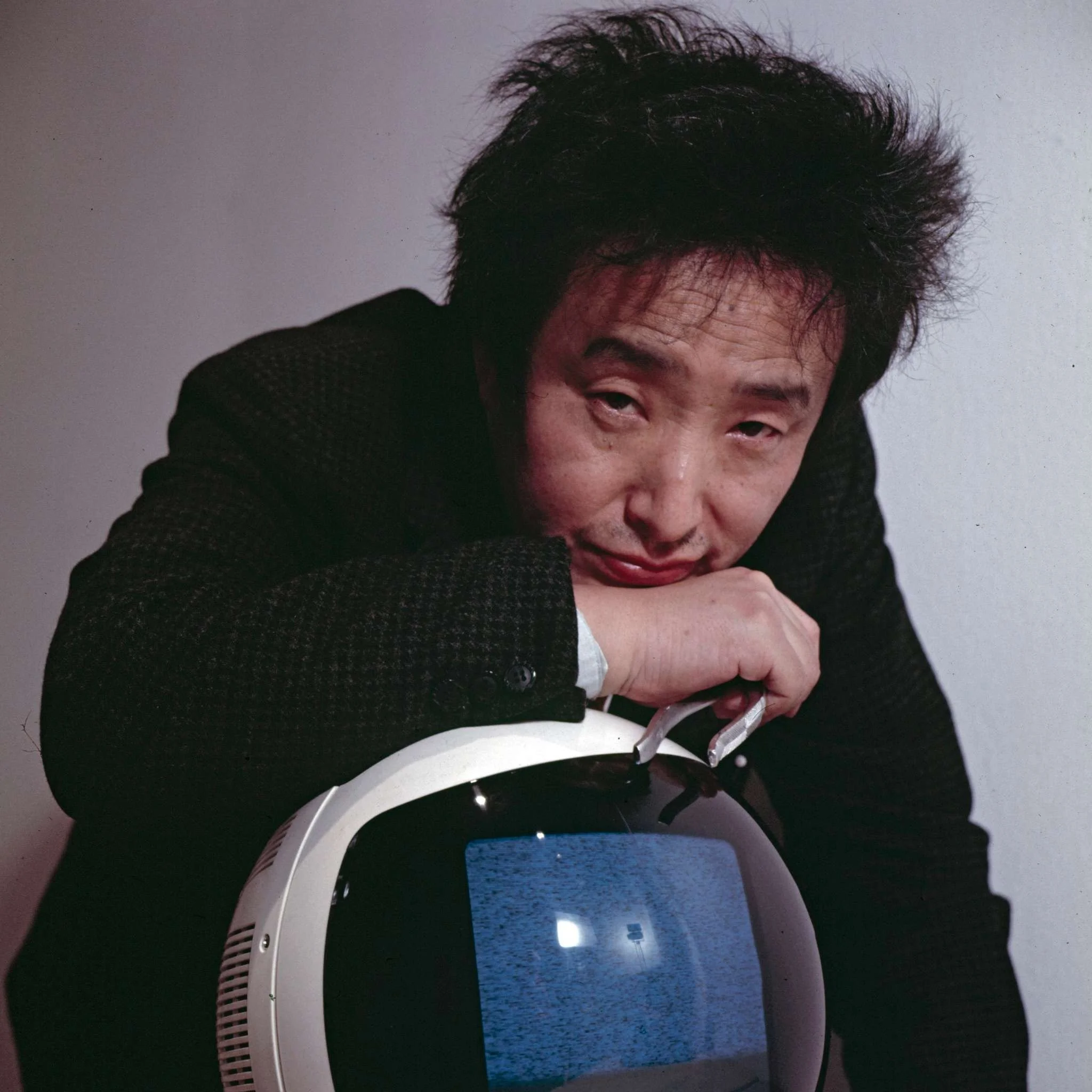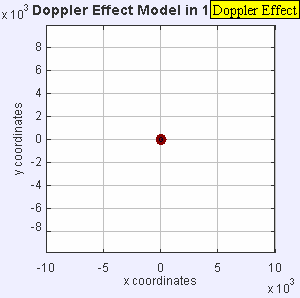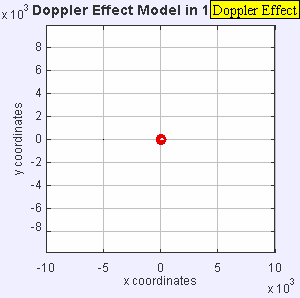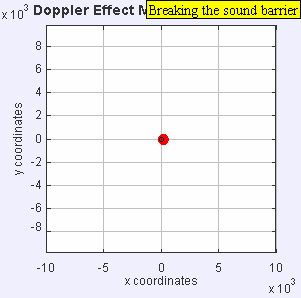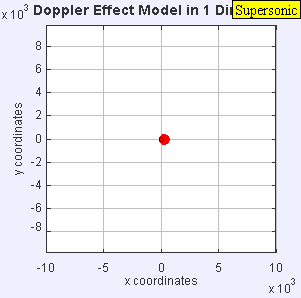Someone else’s memories
In red, green, and blue
2020 – 2024
A multiphase sound collage accented by visual sequences composed of the detritus of obsolete home media.
Sound collage by James Kolakowski (2020)
Edited by James Kolakowski (2024)
featuring
Nanou2 by Aphex Twin
I. The Sun by the Microphones
4’33”' by John Cage (performed by K2ORCH (conducted by Ichihara Yusuke))
inspired by
Untitled (1993) by Nam June Paik
VHS rips courtesy of the Internet Archive
00:02:47 | 1.33:1 | Color | VideotapeThe sound collage started out as a class project. Students were tasked with finding a piece of visual art and then constructing a brief sound collage to complement it. It was late 2020, the year of social distance and remote classes, the year in which every social interaction, every art viewing, and every memory was mediated by a digital screen. Nam June Paik was on my mind.
His work is impressive for pretty much embodying “visual art”, whatever that means, and his untitled piece from 1993 extends even beyond the visual. I could hear it just by looking at it, making it the obvious choice for the project, and I could hear more and more the longer I looked.
Somehow this got me thinking about that one Aphex Twin set at Barbican where he had a computerized piano play ‘aisatsana’ while swinging from the ceiling. There’s a video online that someone got on their cell phone that does nothing to capture it, as the music undergoes the Doppler effect while the piano oscillates out of sync with the music, moving at such a velocity as to dramatically bend and warp the notes depending on where it is in relation to the venue, the emptiness, and the concertgoer.
As I worked on the project in September or October, summer was already receding from memory. Sounds and sights became irrevocably distorted by change in proximity. They did not grow so profoundly distant as to be forgotten, but rather to feel entirely imagined. These memories were no longer mine.
The sound collage didn’t impress me when I was done with it. It felt slapdash and overly abstract and perhaps overdoing it a little with the stereo panning. I turned in the assignment with points taken off for exceeding the maximum running time, incorporating music, and not being monaural. I kept the file on a hard drive for safekeeping and moved on, though that’s not to say I forgot about it. It was always my intention to give it some form of visual accompaniment and display it publicly, and getting a bad grade made me like it a bit more.
It took three years to pass before I got around to it. Listening back to the piece was revelatory. What I felt was jagged and fragmented and atonal upon its creation now came together and spoke as one. It expressed feelings of remoteness and displaced sentimentality, the feeling that my life wasn’t happening to me anymore, the yearning for consciousness—feelings that defined those months in 2020, but that I was unable to identify, much less verbalize.
I was as oblivious to the feelings as a fish to water, surrounded by it every day, and perhaps only because I took these feelings for granted was I able to capture them in amber, having had to make zero active effort to do so. It was for that same reason, plus ruthless self-criticism, that I was so unenthused about it at the time.
I chose torrented VHS rips for the visual accompaniment to repay the debt I owed Paik’s work. It’s the type of stuff you could find playing on loop in one of his installations. Trivial media that can take on profound meaning when removed from their context. The added virtue of videotape as a visual medium is its poor image quality, enhancing the soundtrack. Its anachronism also gives the impression of being broadcast from a distant, innocent past. The memories aren’t mine, but the video is.


